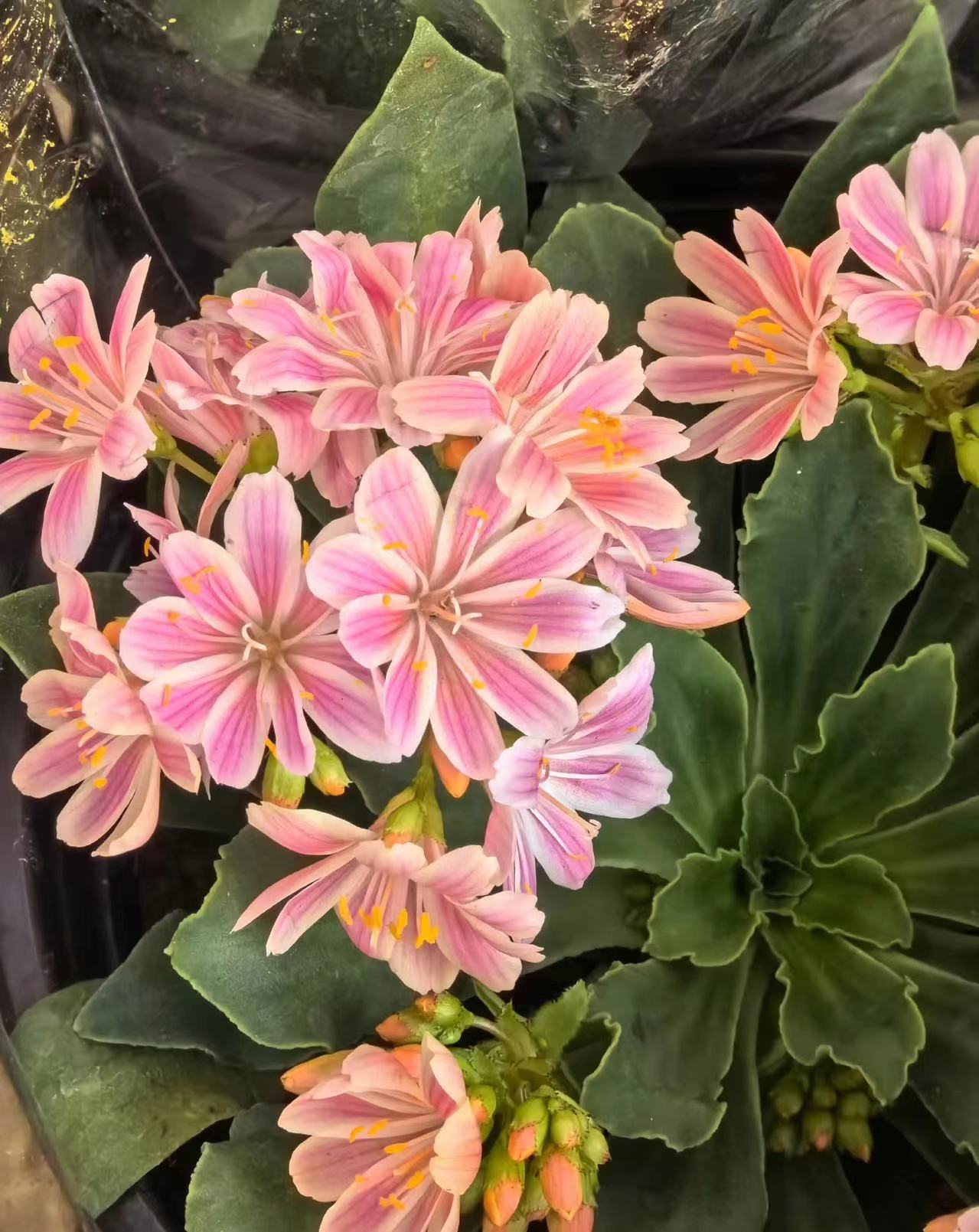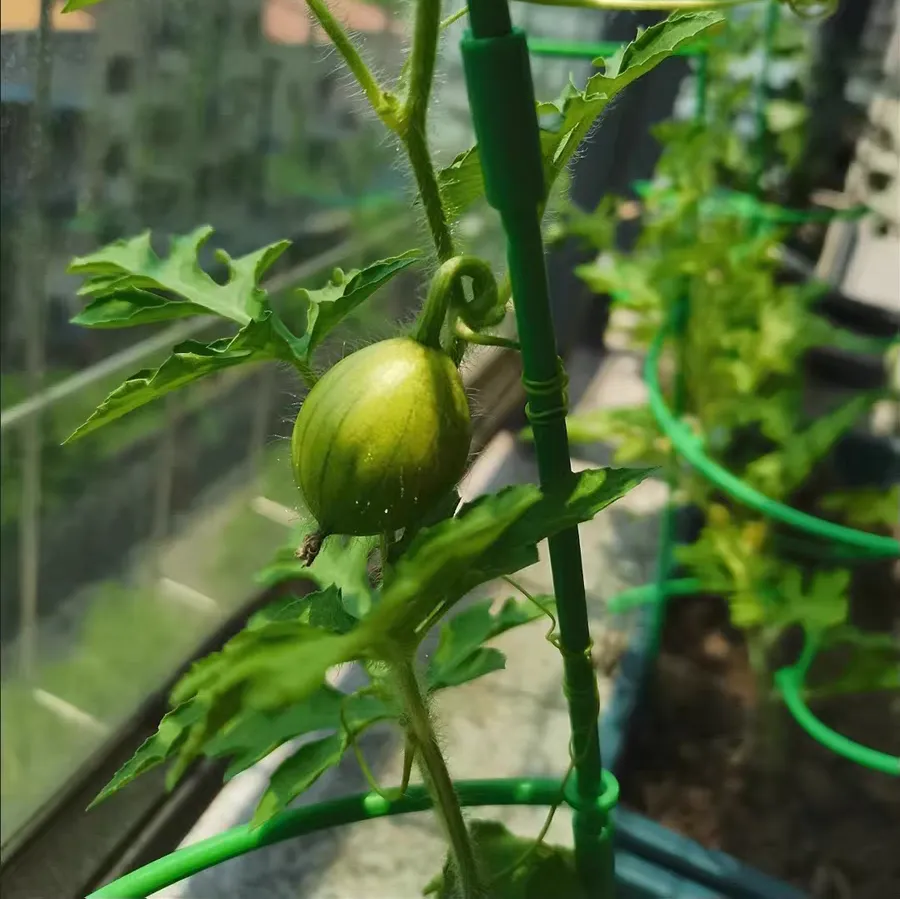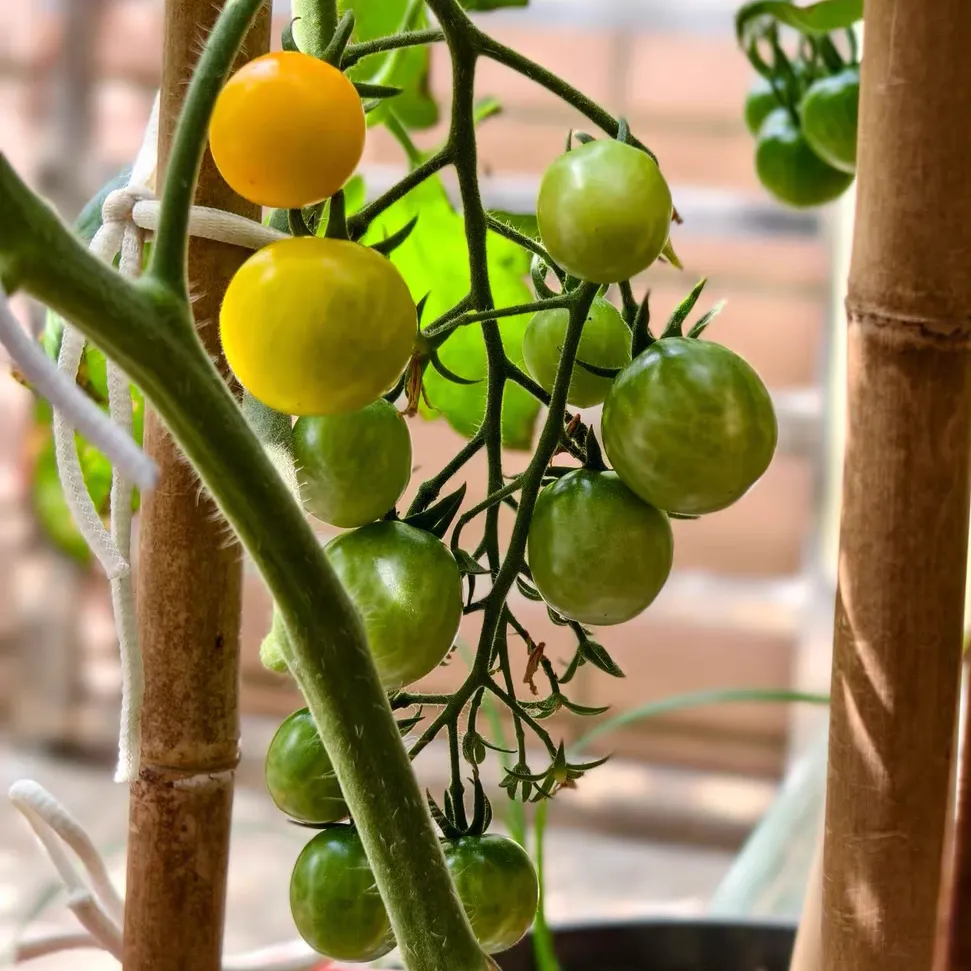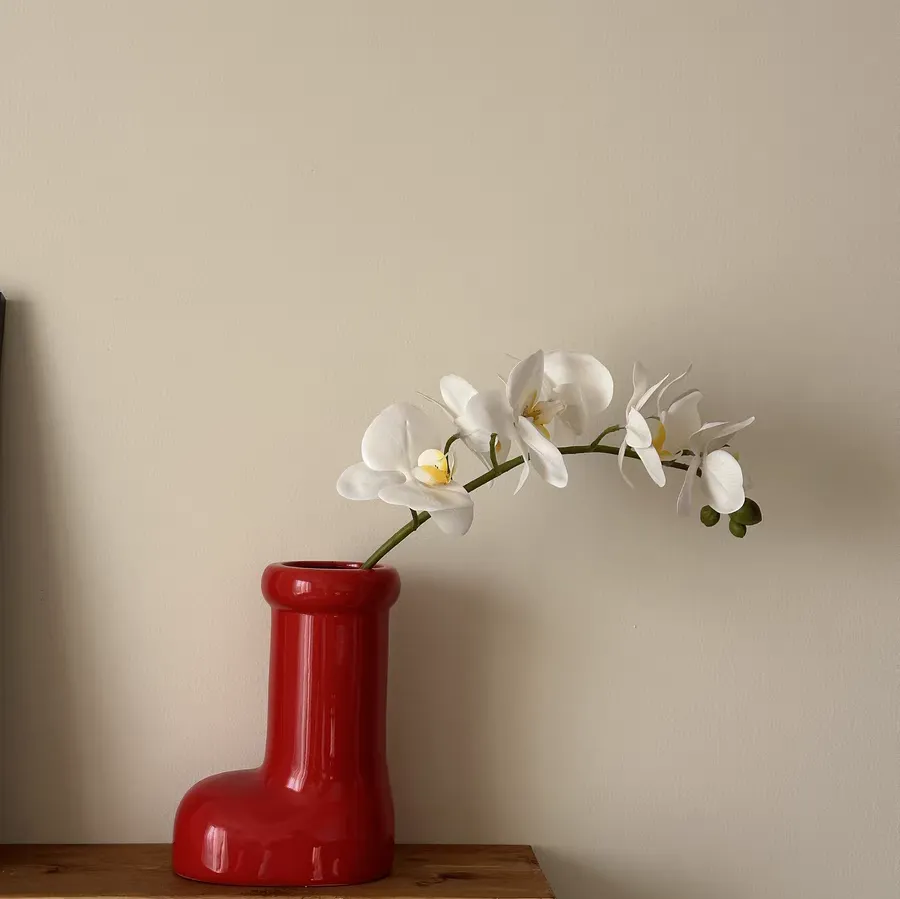During the process of maintaining Lewisia cotyledon, we may encounter some problems, among which rotten roots and summer maintenance are the more critical aspects.
Reasons for and treatment methods of rotten roots of Lewisia cotyledon:
Reasons for rotten roots
Excessive watering: Lewisia cotyledon likes a moist environment, but excessive watering can lead to water accumulation in the soil, and the roots cannot breathe normally, thereby causing rotten roots.
Poor soil permeability: If the soil for cultivating Lewisia cotyledon has poor drainage and poor permeability, the roots are prone to soaking and hypoxia, thereby triggering rotten roots.
Improper fertilization: Excessive fertilization or the use of uncomposted fertilizers can burn the roots and cause rotten roots.
Pest and disease infestation: The roots are attacked by pests and diseases, such as root rot and nematodes, which can also cause rotten roots.
Treatment methods for rotten roots:
Remove the pot in time: Once signs of rotten roots in Lewisia cotyledon are found, the plant should be immediately removed from the pot. Gently shake off the soil on the roots, being careful to be gentle to avoid further damage to the roots.
Prune the rotten roots: Carefully inspect the roots and use sterilized scissors to cut off the rotten, blackened, and softened parts. Ensure that all the rotten roots are removed until healthy white root tissue is exposed.
Disinfection treatment: The pruned roots need to be disinfected to prevent pathogen infection. The roots can be soaked in a diluted carbendazim solution or potassium permanganate solution for about 20-30 minutes.
Replace the soil: The original soil may already contain pathogens or be unfavorable for root growth, so new soil needs to be replaced. Choose loose, breathable, and well-drained soil, such as a mixture of leaf mold soil, perlite, and vermiculite in a certain proportion.
Repot: Replant the treated Lewisia cotyledon into a new pot. When filling the soil, gently compact it to avoid leaving gaps around the roots. After repotting, pour an appropriate amount of water to fix the roots and place it in a well-ventilated and semi-shady environment for maintenance, waiting for the plant to regain vitality.
The following points need special attention when fertilizing Lewisia cotyledon in summer:
Since Lewisia cotyledon grows relatively slowly in summer and has a relatively reduced demand for nutrients, excessive fertilization can easily cause fertilizer damage. When fertilizing in summer, the concentration of the fertilizer should be lower than in other seasons to avoid burning the roots. It is recommended to dilute the fertilizer to half or less of the normal concentration. Thin liquid fertilizers are preferred, such as decomposed cake fertilizer water and thin compound fertilizer solution. Avoid using raw or uncomposted fertilizers. Generally, fertilization once every 2 - 3 weeks is sufficient. Too frequent fertilization will increase the burden on the plant. Fertilization at high temperatures at noon may cause the fertilizer to decompose rapidly, generating heat and causing damage to the roots. It is best to fertilize in the early morning or evening when the temperature is lower. Before fertilizing, carefully observe the growth status of the plant. If the plant has adverse phenomena such as yellow leaves and wilting, fertilization should be suspended and resumed after the plant returns to normal.
Try to apply the fertilizer in the soil far from the roots to avoid direct contact with the roots.
When encountering the problem of rotten roots, effective treatment methods should be taken in time; during summer maintenance, attention should be paid to aspects such as light, temperature, watering, fertilization, and pest and disease control to provide a good growth environment for Lewisia cotyledon.
How to deal with the rotten roots of Lewisia cotyledon?

Share with
Tagged in :




Leave a Reply